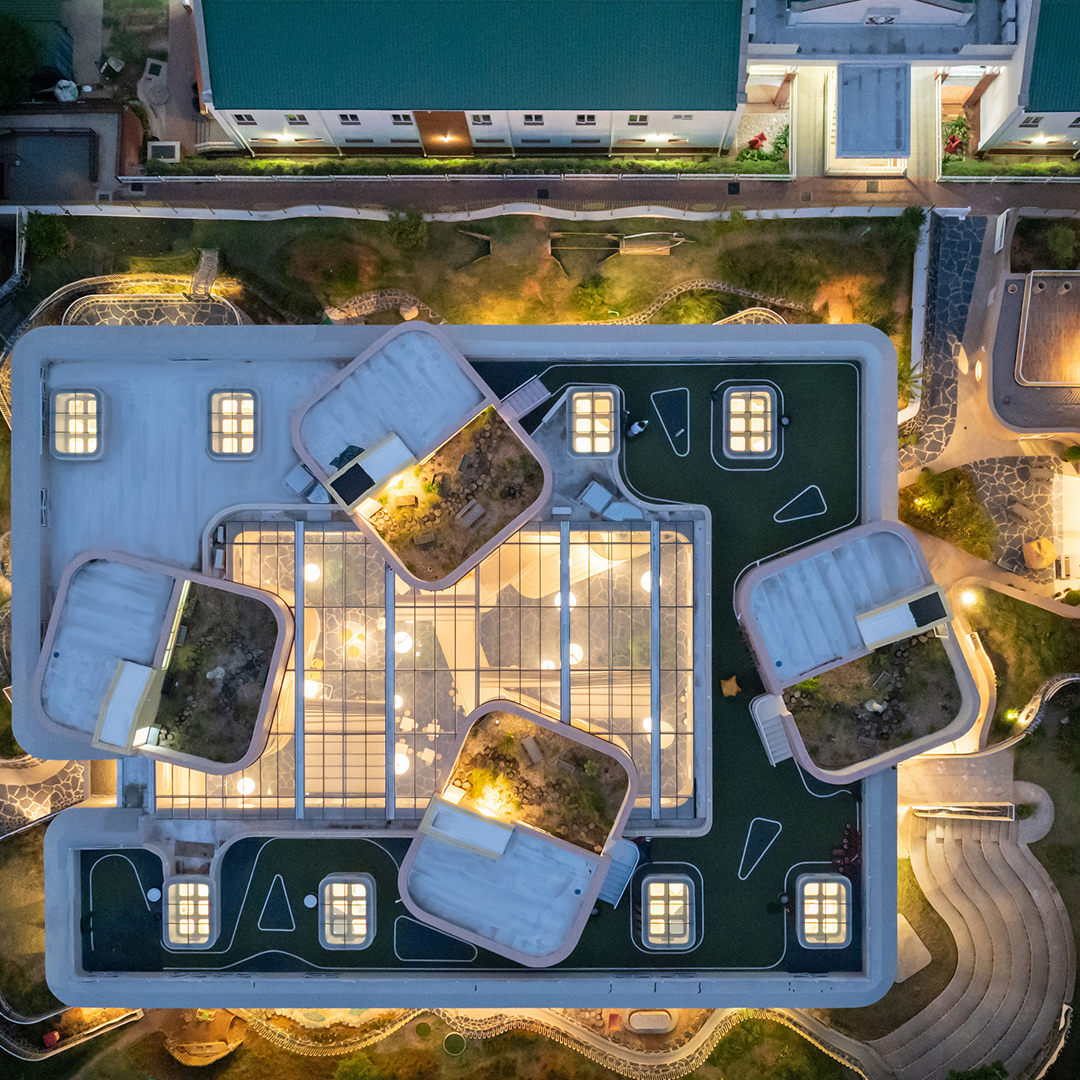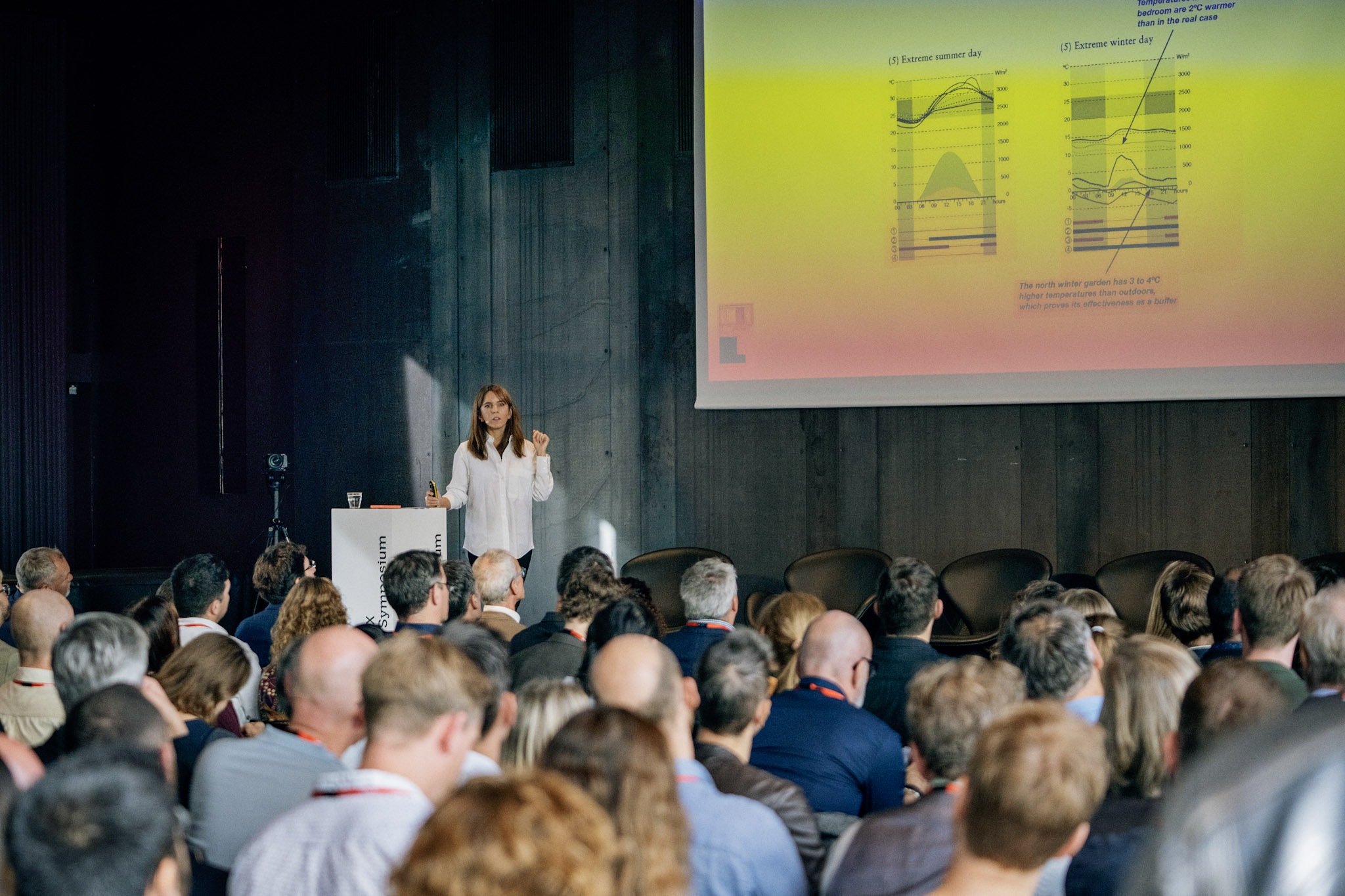Interview with 2024 Global Winners - Daylight in Buildings
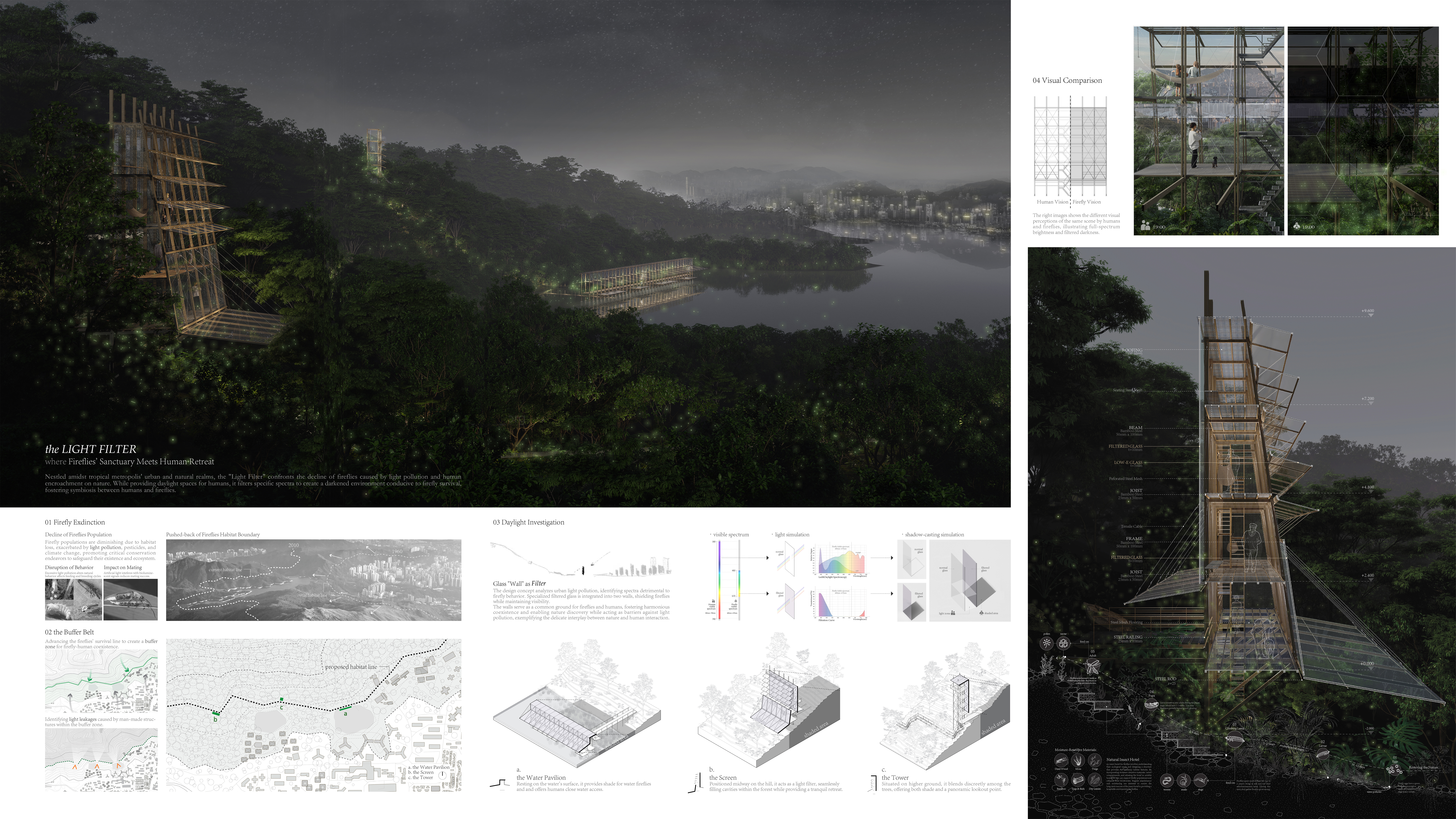
Following the announcement of the global winners of the International VELUX Award for students of architecture 2024, we talked to Zilin Wan, Gin Yong Poon & Jiayou Zang students from Tsinghua University, China, and the global winners in the category of Daylight in Buildings with their project ‘The Light Filter’.
They tell us about their experience of working with the theme of daylight, its contribution to their professional development and what their message is to the students preparing to participate in the next cycle of the competition.
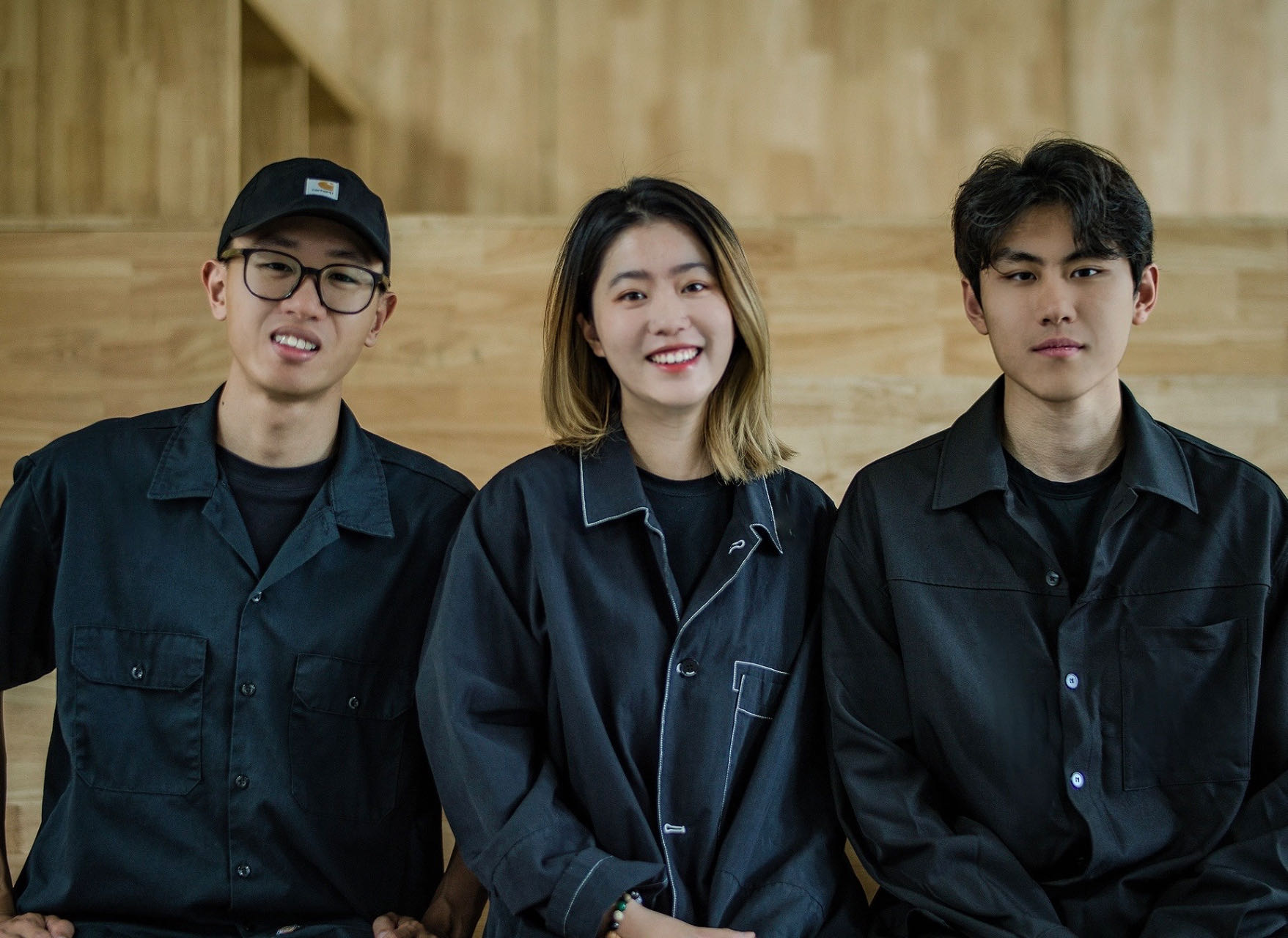
Can you describe to us your experience of developing your project and about working with the daylight as a theme?
ZILIN WAN: The process was smooth throughout. Daylight is a fascinating subject—while sunlight is essential for humans, excessive exposure can cause issues. We had a thoughtful discussion, drawing from personal experiences, and expanded the impact of light from humans on the entire biosphere, considering its broader effects.
POON GIN YONG: The concept originated from an exploration of how natural light, beyond daylight, impacts human life. We discovered that fireflies, an important natural light source, are significantly affected by light pollution caused by rapid urbanization. This led us to focus on light pollution, a critical global issue. Our goal was to protect fireflies from light pollution while creating a space for humans to enjoy their presence. After extensive studies on fireflies and light pollution, we identified materials capable of filtering out the visible light spectrum that affects fireflies, allowing humans to observe them in low light. Collaborating closely with our professor and a light specialist from Tsinghua University, we developed three typologies of structures along hiking trails, incorporating filtered glass and resting spaces for people. This became the foundation for the Fireflies Sanctuary and Human Retreat.
JIAYOU ZANG: In the beginning we noticed that light pollution in the city was causing fireflies to not be able to breed around the city. Essentially this is a regression of the urban environmental boundaries on the wildlife survival boundaries, so we wanted to improve the relationship between the two. In our proposal we take advantage of the difference between firefly vision and human vision and the special materials that shield the city from light pollution to propose a possibility of coexistence between humans and fireflies. We don’t do anything against the natural light source, but simply keep respecting it, we prefer to keep a pure daylight environment for the species that need it, guarding the circadian rhythms and the way of living that daylight brings to the creatures, in order to seek a harmonious coexistence relationship.
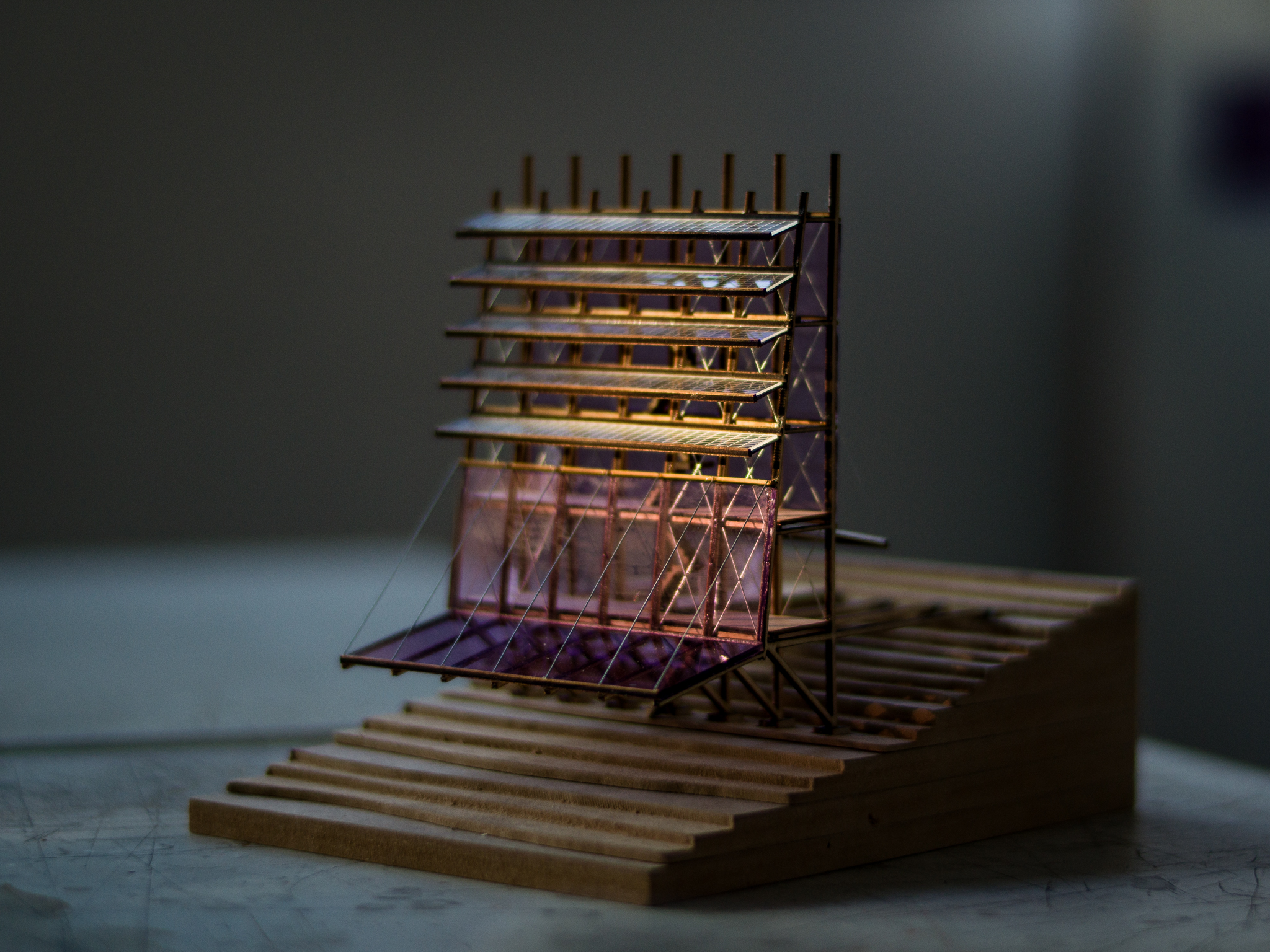
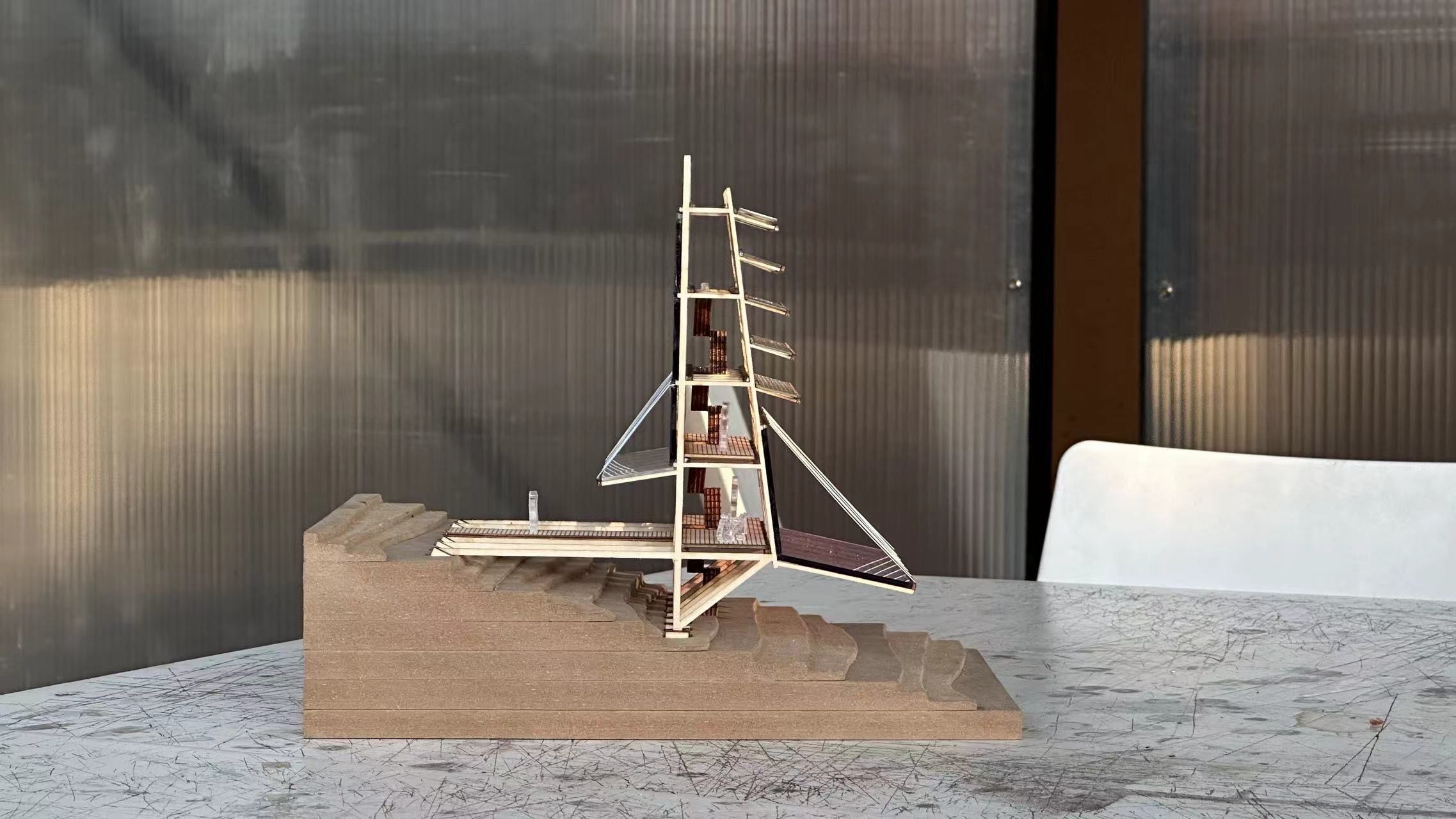

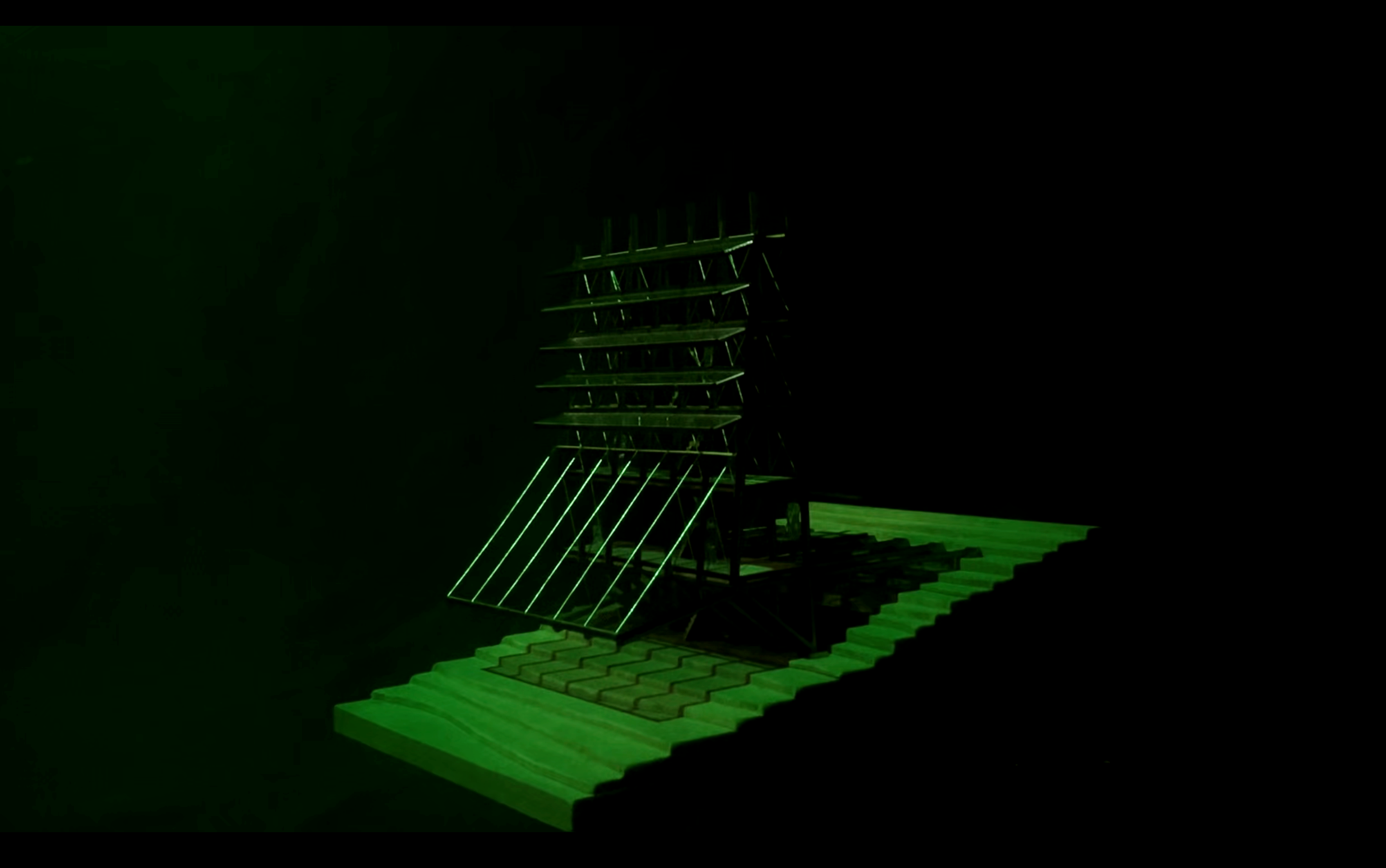
"We had a thoughtful discussion, drawing from personal experiences, and expanded the impact of light from humans on the entire biosphere..."
What do you think you have gained, both personally and professionally, by taking part in this competition?
ZILIN WAN: Participating in this competition has been an enriching experience. I gained fresh insights from discussions with peers and experts, expanding my understanding of light and its ecological impact. Professionally, the competition sharpened my critical thinking and problem-solving skills. Exploring light pollution’s effect on fireflies made me more aware of ecological challenges while developing architectural solutions helped me grow in sustainable design, which has been a valuable opportunity for me.
GIN YONG POON: Personally, receiving recognition in a global competition was a pivotal moment, boosting my confidence and inspiring me to push the boundaries of design in the future. It has reaffirmed my commitment to continually improving and innovating as an architect. Professionally, this experience deepened my understanding of the critical role light plays in shaping spaces and user experience. It has taught me to consider light as an essential element of design, and I will prioritize it in my future architectural projects, ensuring it enhances both functionality and atmosphere in my practice.
JIAYOU ZANG: During the competition, I learnt that in order to become an architect of the new era, I should consciously explore and think from a global perspective, and enhance the universal value of my own design results. Participating in the competition has also made me more confident.
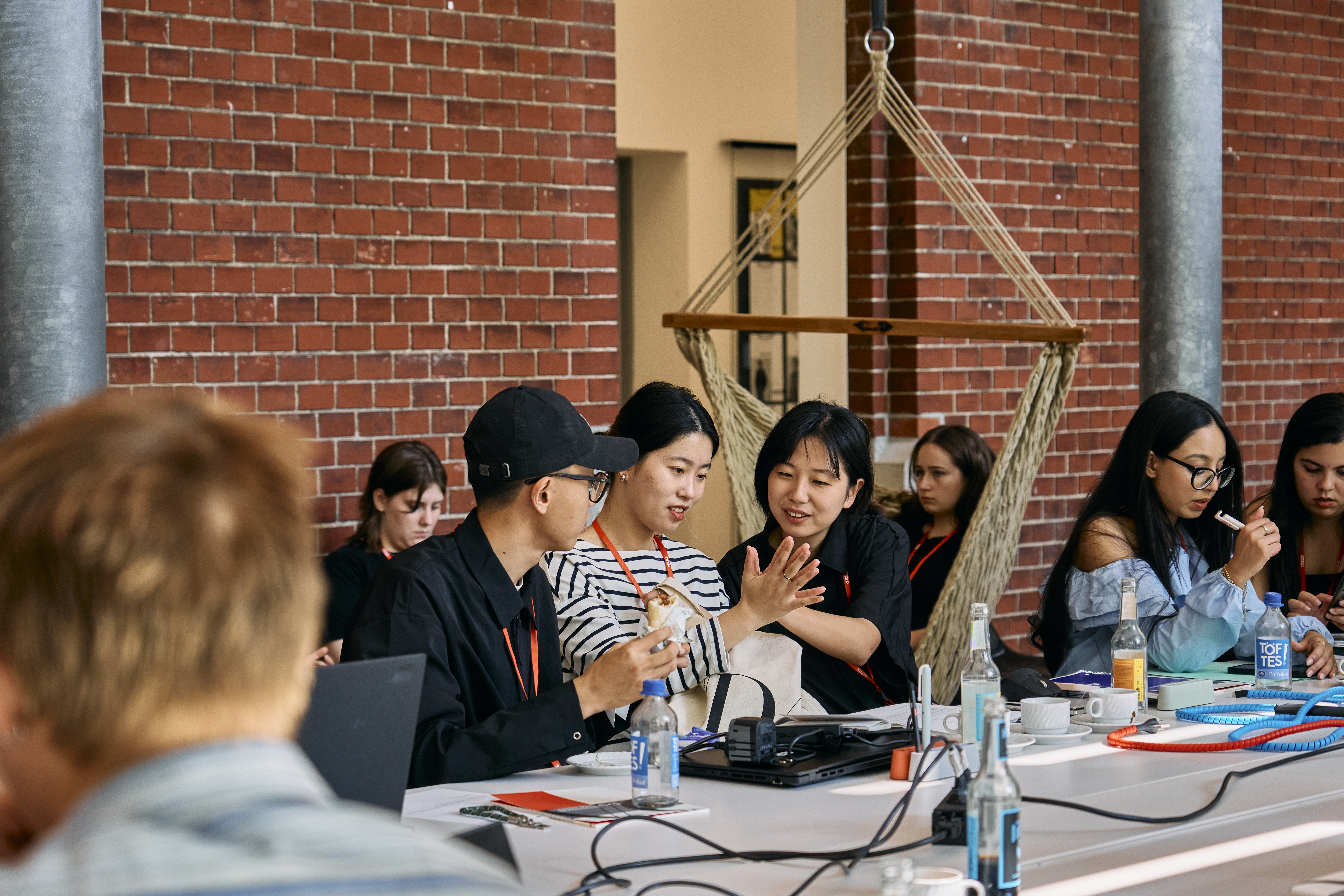
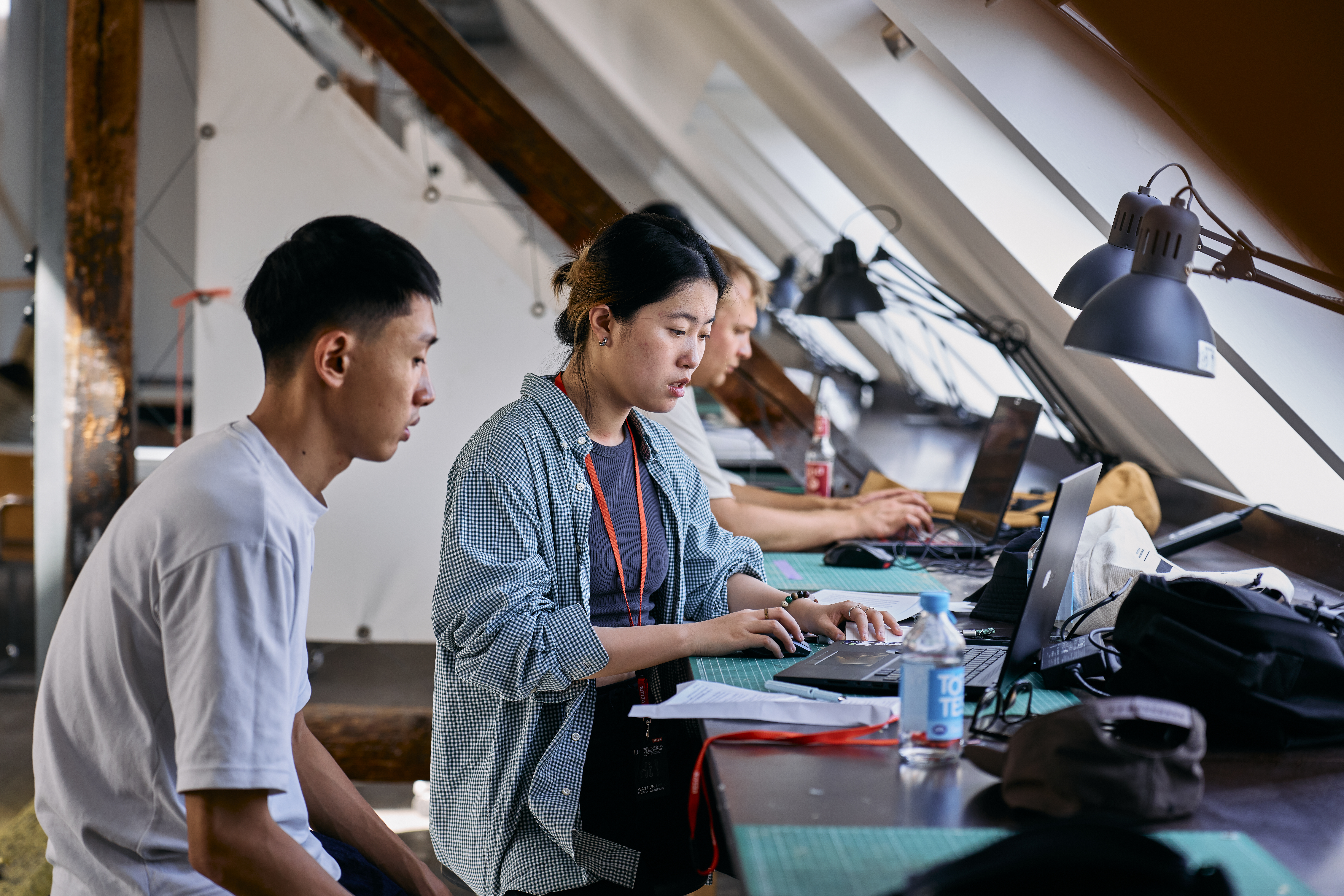
“It has taught me to consider light as an essential element of design, and I will prioritize it in my future architectural projects..."
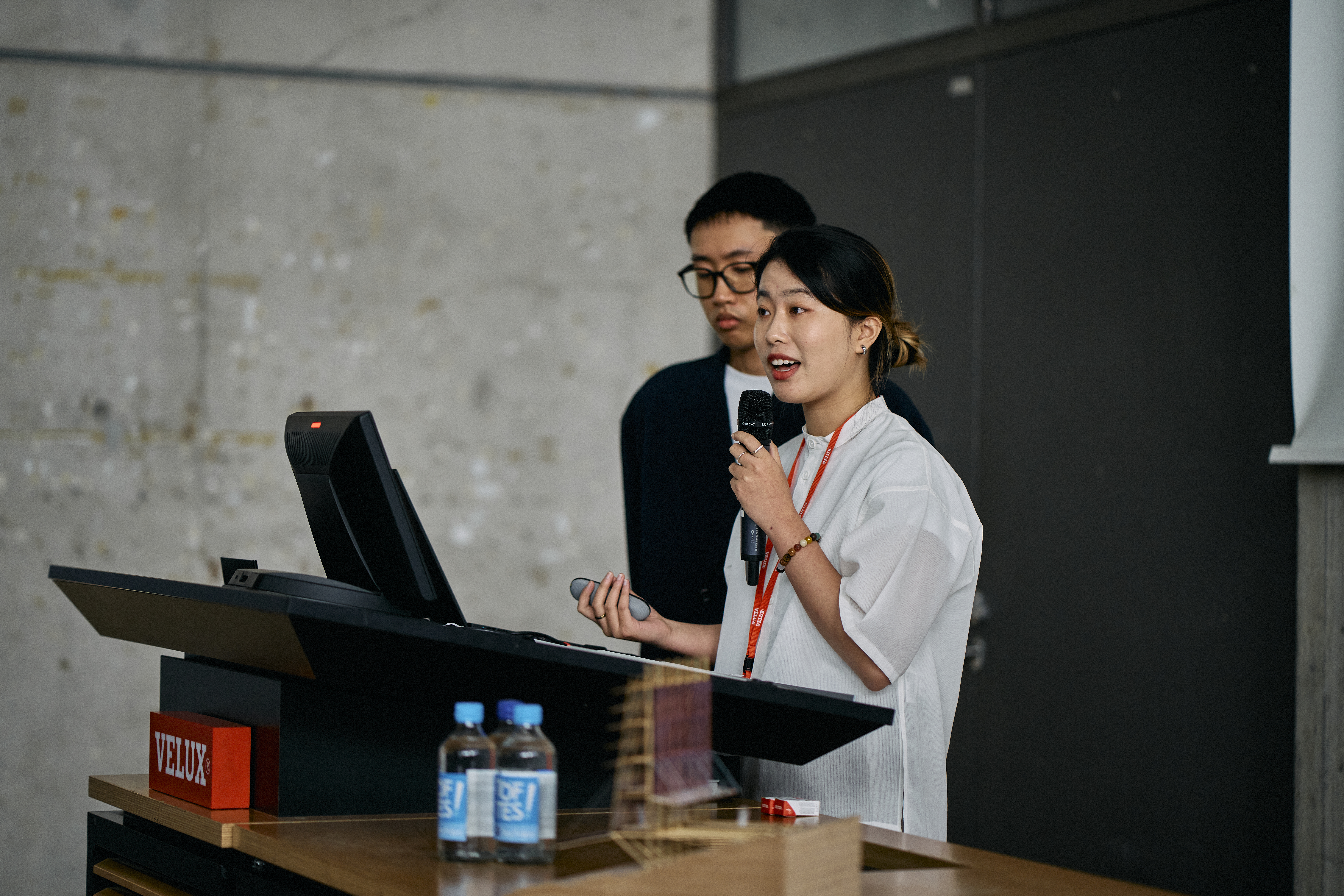
What are the next steps in your education/career? Do you have any exciting plans or wishes for the future?
ZILIN WAN: I’m in the final year of my master’s program, and I’m thrilled as I approach the culmination of my eight-year journey in architecture. Graduating next year marks the exciting beginning of my professional career! I’m eager to dive into the field with unwavering passion, tackling social issues and sustainability through my work. My dream is to one day run my atelier, where I can offer innovative solutions that address ecological and social challenges, making a meaningful impact through creative design.
GIN YONG POON: As I’m entering the final year of my master’s program, I plan to make the most of it and truly appreciate the experience of being a student. After graduation, my goal is to join one of the leading architecture firms in the world, where I can continue learning from some of the best professionals in the field. Staying humble and open to growth will be key as I work toward developing my own expertise and making a meaningful contribution to the industry.
JIAYOU ZANG: I plan to continue my education in school to obtain a Master’s degree in Architecture and also hope to have a study abroad experience in Europe. In the future, I hope I can become a qualified architect and design memorable and valuable architectural works and land.
"The world needs more creative solutions, and your ideas could make a real difference."
Do you have any advice for students considering participating in the 2024 competition?
ZILIN WAN: For those hesitating to join a competition, my advice is to dive in with confidence! From my discussions with other regional winners, I’ve learned that even similar topics can lead to unique solutions. These subtle differences highlight the unique value of each approach. Also, it’s essential to enjoy the journey and keep a positive attitude, as design truly reflects the creator’s spirit. Complex or convoluted methods can obscure your message, so keep it clear and passionate. Just embrace the competition and make the most of the experience!
GIN YONG POON: Don’t be afraid to join global competitions like this. It’s a great chance to connect with students from all over the world and share ideas. The experience can really open your eyes to new perspectives, and you’ll grow a lot from it. Plus, the theme of the competition focuses on light in architecture, which is such an important topic right now. The world needs more creative solutions, and your ideas could make a real difference. So, give it a shot—you never know how far it could take you!
JIAYOU ZANG: It’s a great competition and I hope that they will be able to assert their own views and attributes in their work and enjoy the process of working together as a team to participate in the competition and reap the rewards of the competition as well as the camaraderie.
